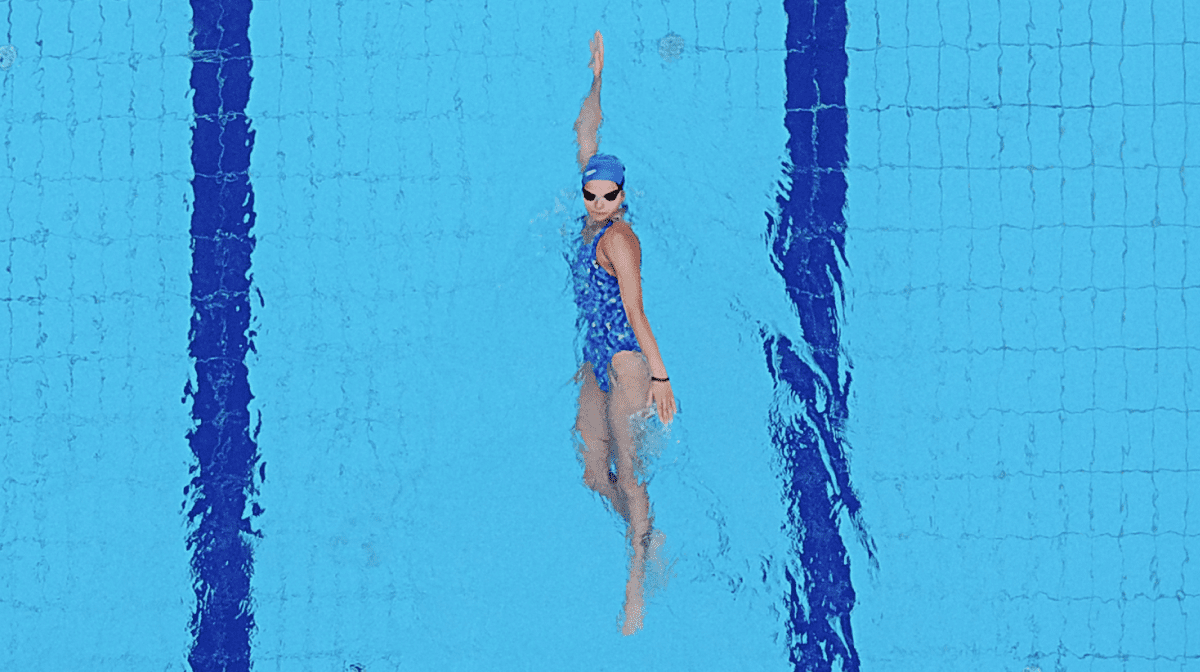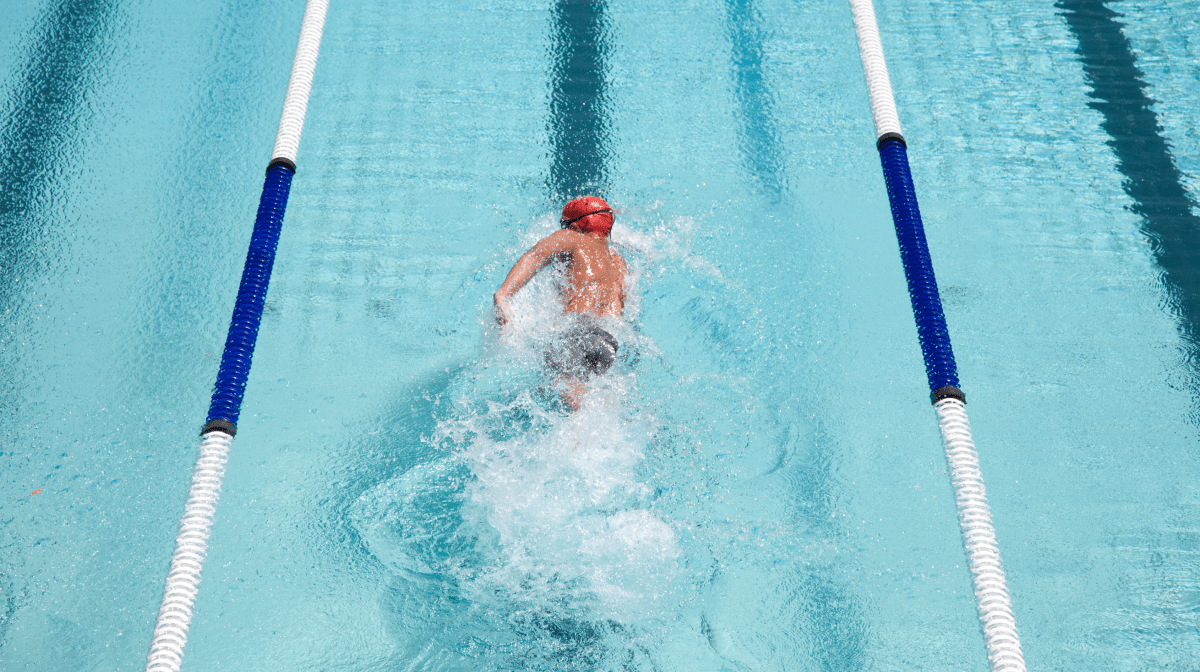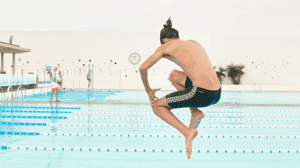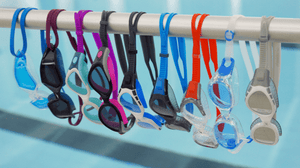
Different pools have different rules and they don’t always display them. Which is why we asked for some lane etiquette guidance from Andrew Clark, Manager of the iconic London Aquatics Centre.
1. Judge the pace
Lanes are usually marked slow, medium and fast, but it’s up to you to judge where you fit compared to other swimmers. “These are generic terms, there are no set paces for different lanes,” says Andrew. “Take a minute to gauge the speed of other swimmers and pick a lane accordingly. Sometimes I find myself in the fast lane and other times in the medium, depending on the standard on the day. Generally though, don’t breaststroke in the fast lane.”
2. Getting in
“Dangling your legs in from the side to let swimmers know you’re there is useful if you’re disrupting the rhythm of a lane – if two people have each taken their own side, for example,” says Andrew. “It’s ok to jump or dive in if the area around you is clear, but you should never dive if the depth is less than 1.8 metres.”
3. Foot tapping
It’s the universal gesture among club swimmers – if you want to overtake, gently touch the toes of the swimmer in front (they should pause at the end of the lane to let you pass). Trouble is, not everyone knows this custom. “This is the most common cause of arguments,” says Andrew. “It’s an international custom, except in the UK where only club swimmers seem to know about it and people get sensitive about being touched.”
4. Resting at the end of a lane
Stay tucked into the corner if resting between sets so other swimmers have room to turn and push off, Andrew advises. But be aware you could be encroaching on swimmers in the neighbouring lane, too.
5. Tumble turns
Only use this manoeuvre if you are confident there is no one behind you because you might collide as they reach the end of the lane while you’re still flipping over. If the coast is clear, make sure you exit the wall on the other side of the lane. The same applies to pushing off. “If someone has paused at the end of the lane to let you pass, it wouldn’t go amiss to skip the tumble turn and say thank you,” says Andrew.
6. If in doubt, use common sense
“Some pools are stricter than others, but generally it’s about awareness of others rather than a set of rules,” Andrew advises. “When driving, you wouldn’t move lanes without looking. Likewise, it’s OK to overtake midway through a length as long as it doesn’t impede a swimmer coming the other way. If the fast lane is empty and the slow is occupied, it’s OK to use the fast one, but show courtesy and move if others get in.”

Advice On Coping With Common Worries When Returning to Swimming
Here are our top tips for returning to the pool.
7. Lane rage
If it looks like tensions are brewing at the end of a lane, take Andrew’s words of wisdom: “Most people would appreciate a conversation more than being cut up or aggressively toe-tapped. If someone becomes hostile, don’t argue. Try politeness first, and then speak to a lifeguard if you have to. Swimming is the only place where busy life and emails can’t get to us. It should be a calm place, so it’s a shame when that is ruined.”
Now you’re in the know on lane etiquette, join in on the action. Don’t be afraid of telling another swimmer if you see them doing something potentially dangerous, but it’s important to maintain perspective. If you can’t finish that 400m interval in your target time because you had to slow down, is it really the end of the world? You might even do it faster next time.
Disclaimer: Always consult with a professional healthcare provider before starting any diet or exercise programme, if you are pregnant or if you are potentially suffering from a medical condition.

Related Articles








